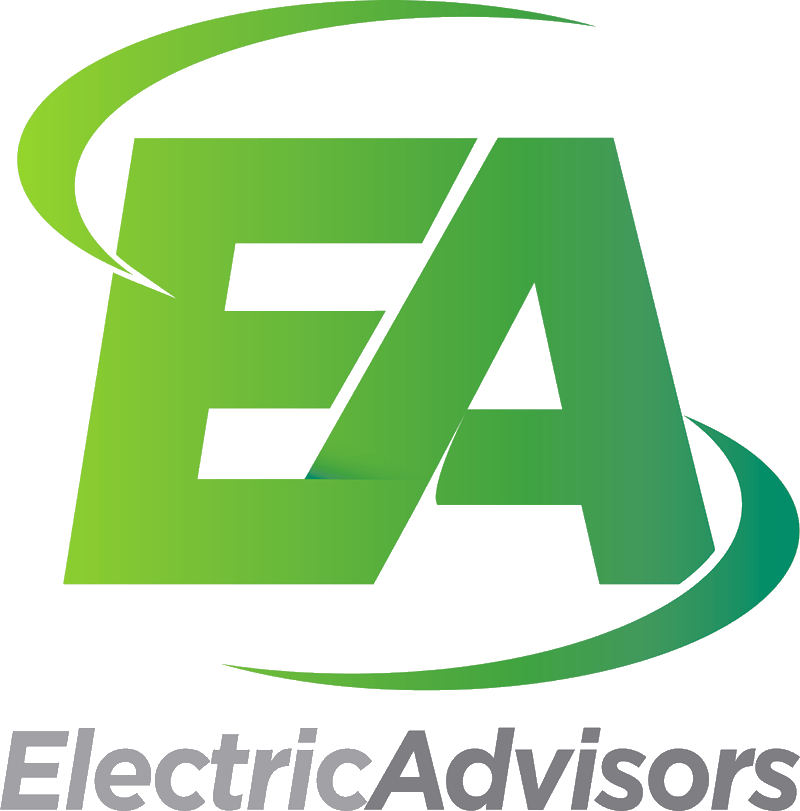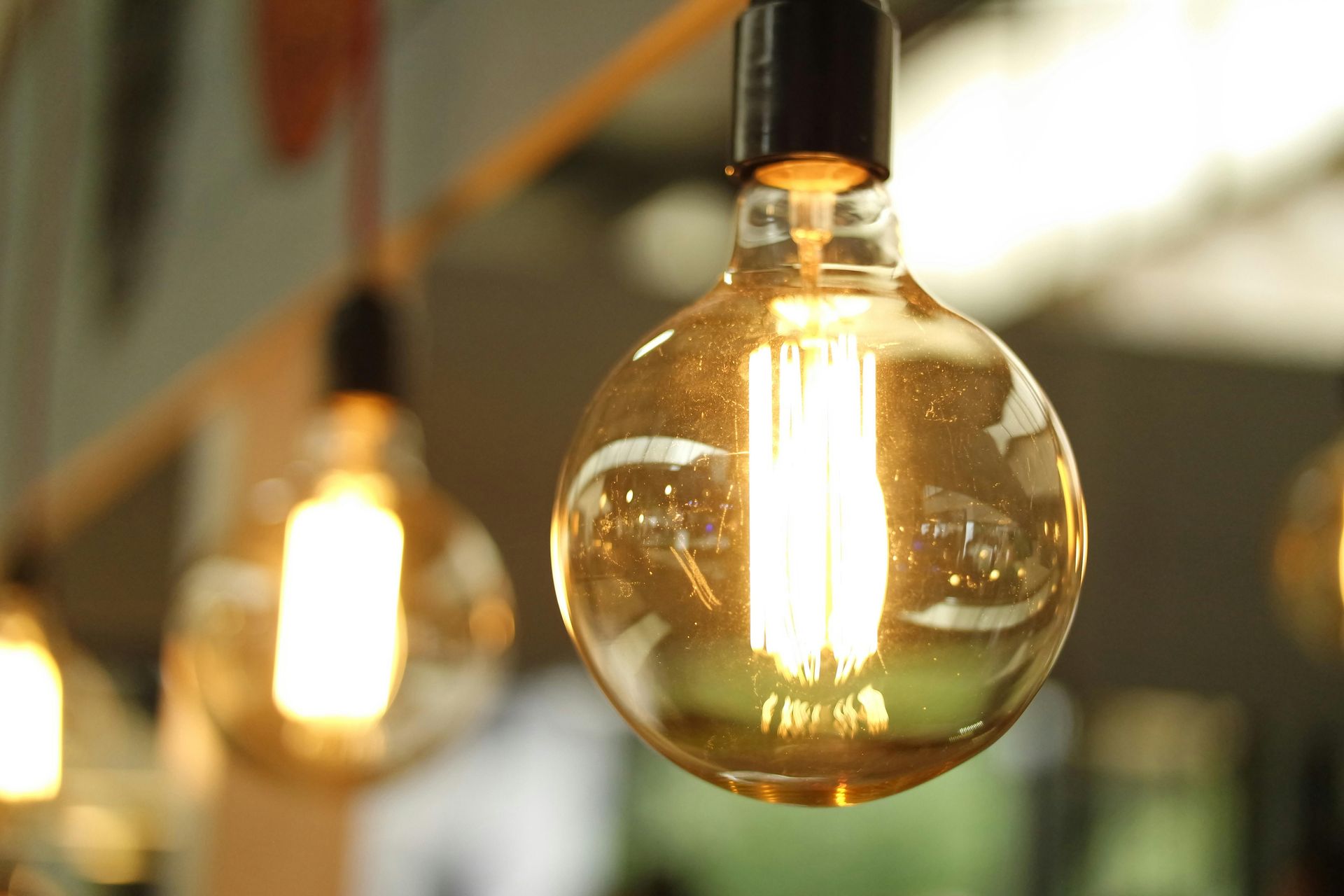Green Energy = Green Money
September 28, 2010
I had my interview with Matthew Lesko yesterday afternoon (previous posts on this: Post 1 | Post 2). To prepare for it, I studied up on all kinds of green-related energy matters, like I was back in college cramming for an exam. Like the NBC promos say: The More You Know … right?
Well, 15 minutes after we started rolling, Matthew is thanking me on camera … and we’ve only briefly touched on green. Didn't even realize it. And of the short time we did mention it, we mainly discussed residential green energy.
Don’t get me wrong: The overall interview went very well, and contained a lot of helpful information for people and companies looking to lower their utility rates. While I’m sure the video will be good for our business, the “green” part inadvertently got lost in the shuffle.
Thing is, I found a lot of good information I wanted to bring up with him. Since the camera is long gone, I decided to share what I found on the commercial end of the green equation.
You can read the entire blog entry at commonground, a professional social network for "green" professionals in commercial real estate, commercial construction and due diligence. Because of his experience in real estate, energy and green-related matters, Bob is the official "green energy" blogger at commonground.
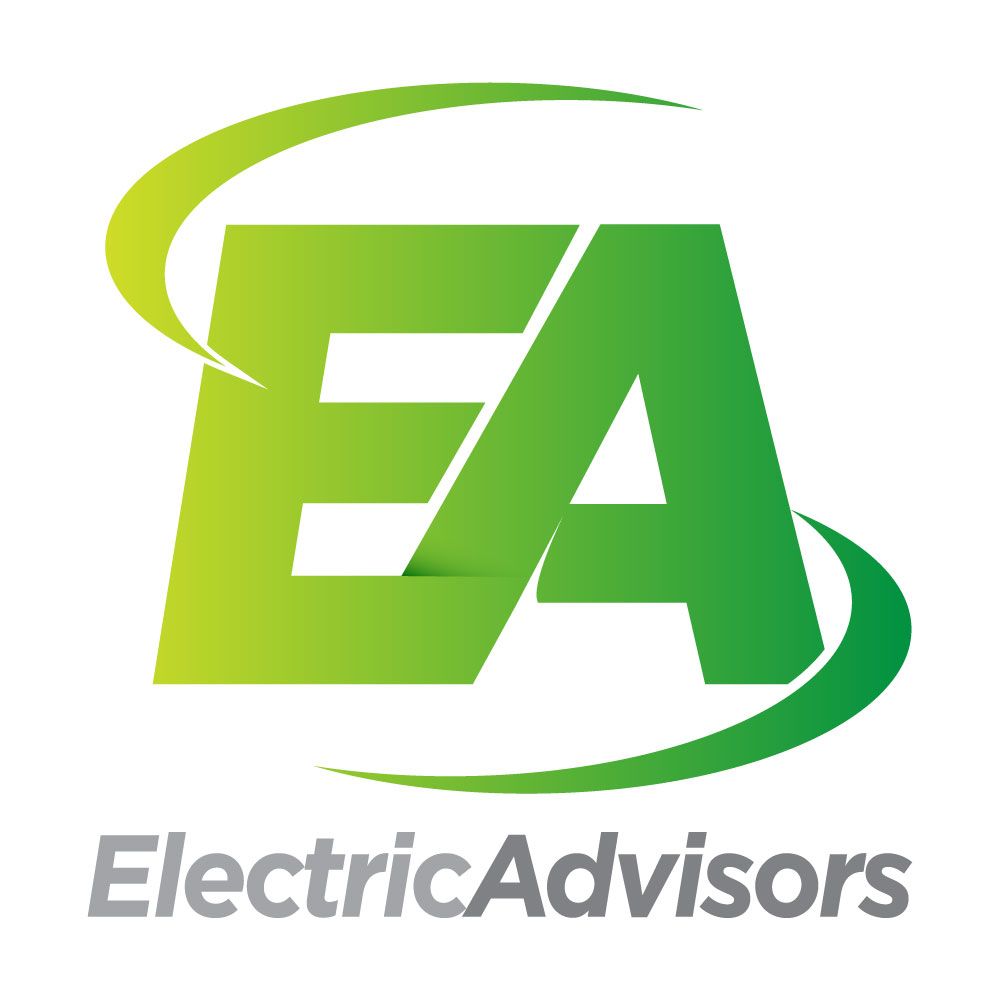
March 10, 2025
As businesses continue their budgeting process throughout 2025, electricity supply costs across the PJM Interconnection region are rising, driven largely by an increase in capacity charges. Capacity charges, which ensure enough power is available during peak demand, have seen a sharp uptick, leading to higher rates, especially in the DC and Maryland energy markets. Both residential and commercial customers are facing these increases, with supply prices potentially rising by as much as 20%, significantly impacting operational costs across Montgomery County, Prince George's County, Baltimore County, Ann Arundel County and towns all across the east coast. However, there is still time to mitigate the coming increase in supply rates. From simple energy efficiency upgrades, such as LED lighting or smart thermostats, to longer-term projects like solar panel installations and power walls, businesses have a range of commercial energy solutions to reduce consumption and control costs. These procurement strategies can offer significant business energy savings over time and position companies for more sustainable energy use. We encourage you to talk with business owners and decision-makers in your network about these rising costs. This is a great time to introduce them to Electric Advisors , where we can help them navigate these changes and find ways to reduce their energy expenses. Your referrals can play a crucial role in helping those in your network become more competitive and we've made a profound impact on local businesses up and down the east coast and beyond. See below for an example of where our clients are being serviced. Best,
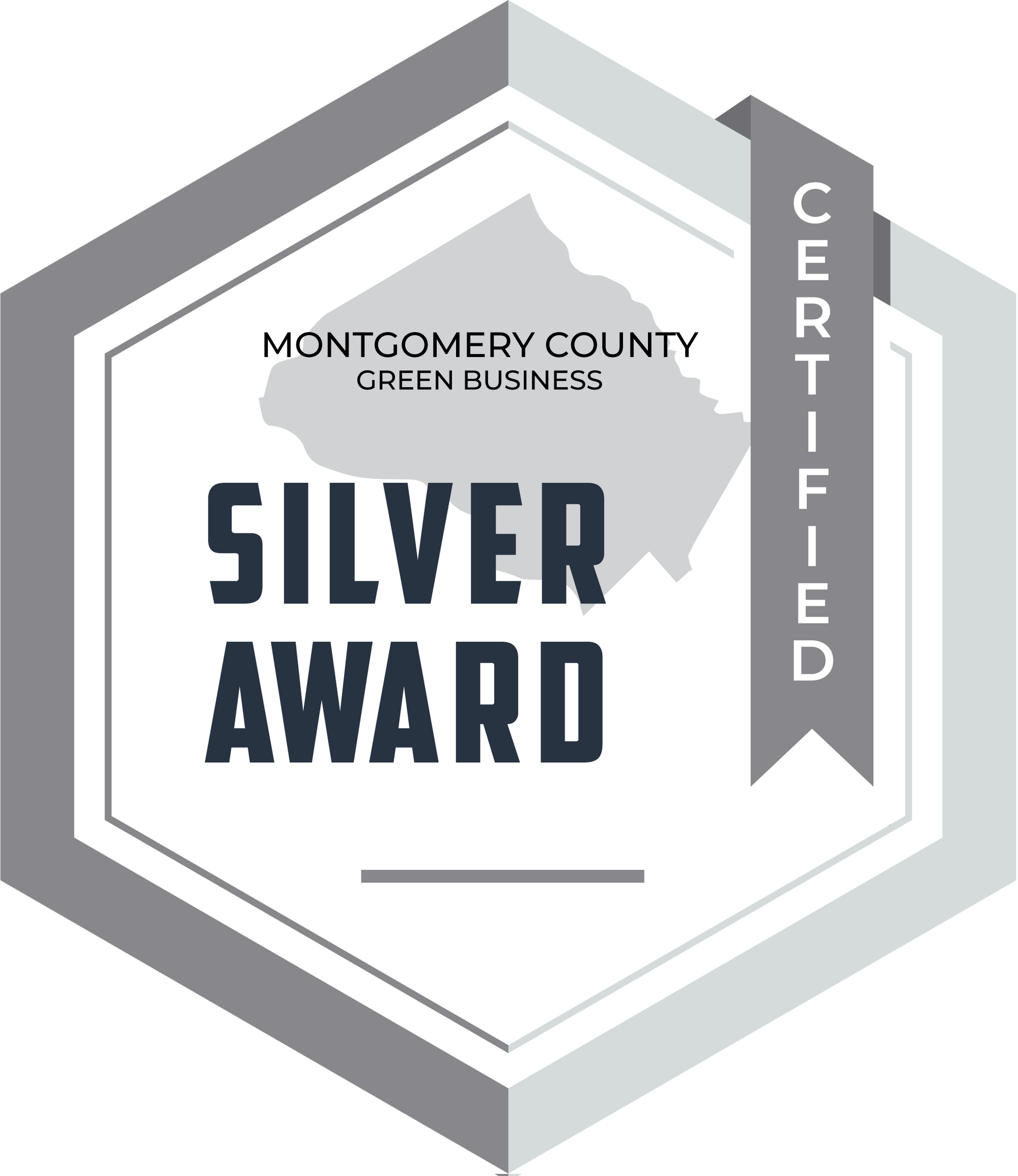
March 6, 2025
Electric Advisors, Inc. is proud to announce that we are now a Montgomery County Certified Green Business! We are also proud to share that we have recently received silver level recognition, after reaching bronze just a short number of months ago. This achievement reflects our commitment to reducing our impact on the environment and actively integrating sustainable practices into our daily operations. The program, operated in partnership with Bethesda Green and the Montgomery County Department of Environmental Protection, encourages businesses to be leaders in environmental stewardship while working towards a more sustainable future. By participating in this certification program, we join a growing community of forward-thinking businesses dedicated to creating a greener economy. The certification is structured around continuous improvement, offering businesses the opportunity to progress through Bronze, Silver, Gold, and Platinum levels as they enhance their sustainability practices. To learn more about the Montgomery County Green Business Certification Program and how your business can get involved, click here . Electric Advisors is proud to be part of this initiative, and we encourage other local businesses to explore the program and join us on the path to a greener future. Help us embrace sustainable practices and work towards a greener future for our community!
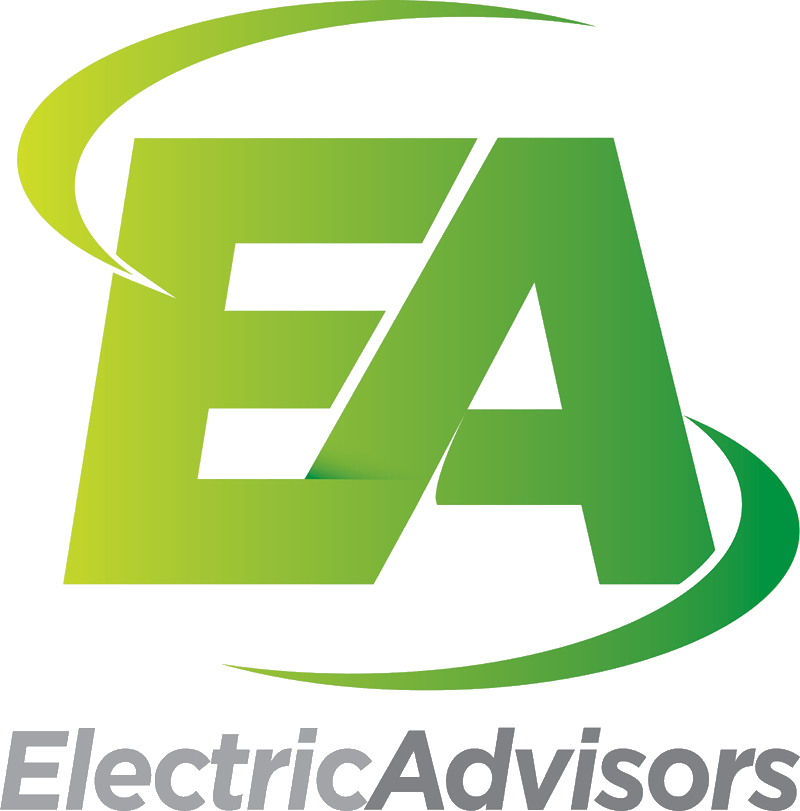
© 2025
All Rights Reserved
Stay Connected
Thank you for contacting us.
We will get back to you as soon as possible.
We will get back to you as soon as possible.
Oops, there was an error sending your message.
Please try again later.
Please try again later.
